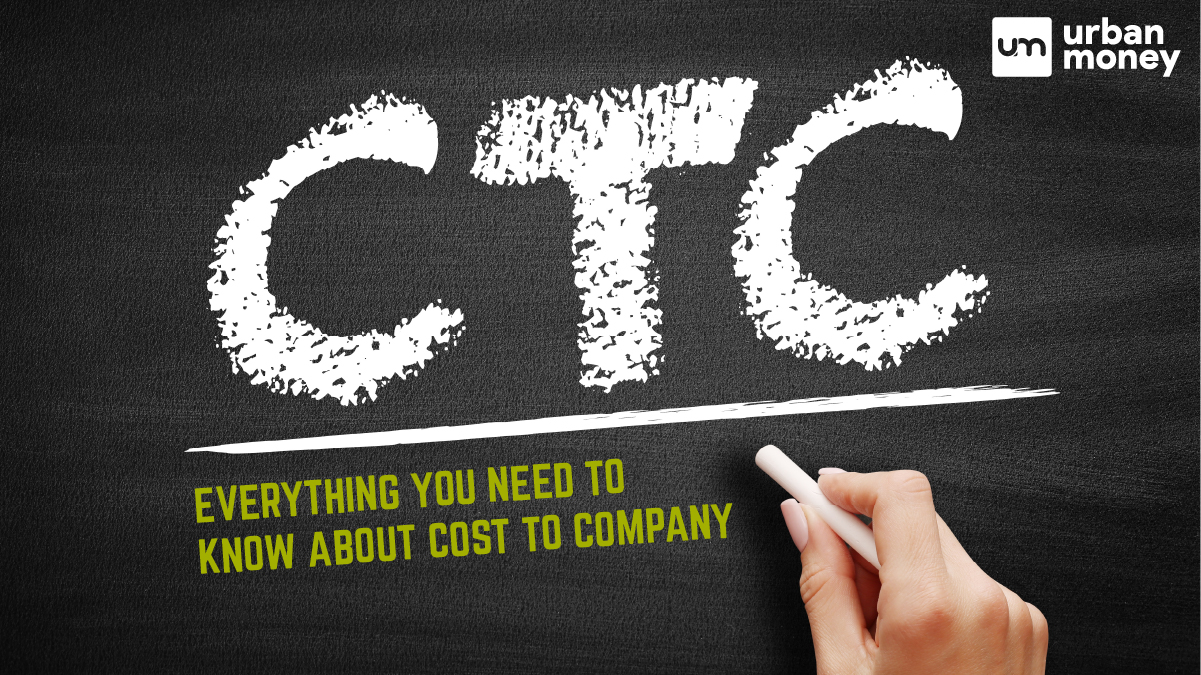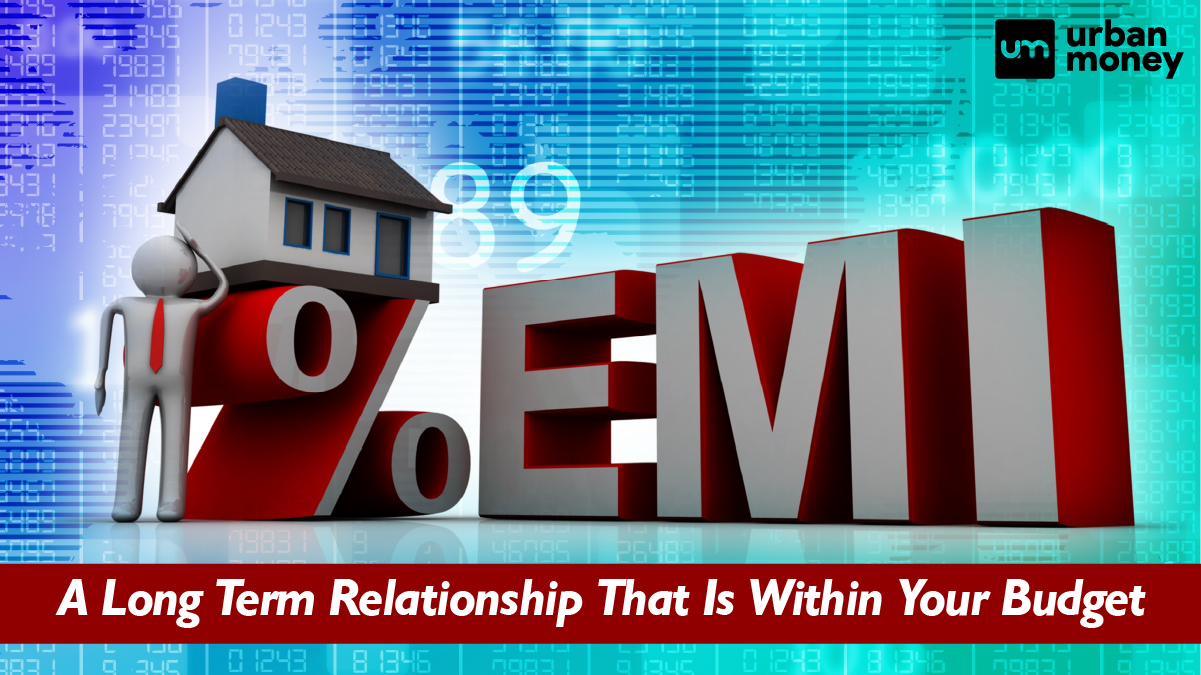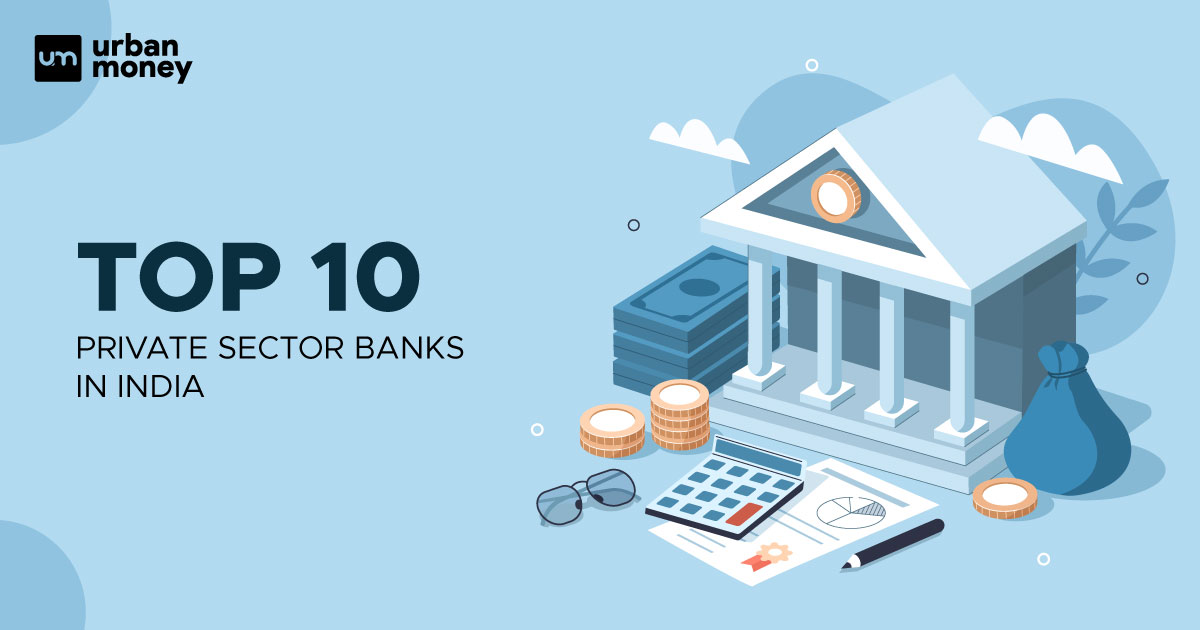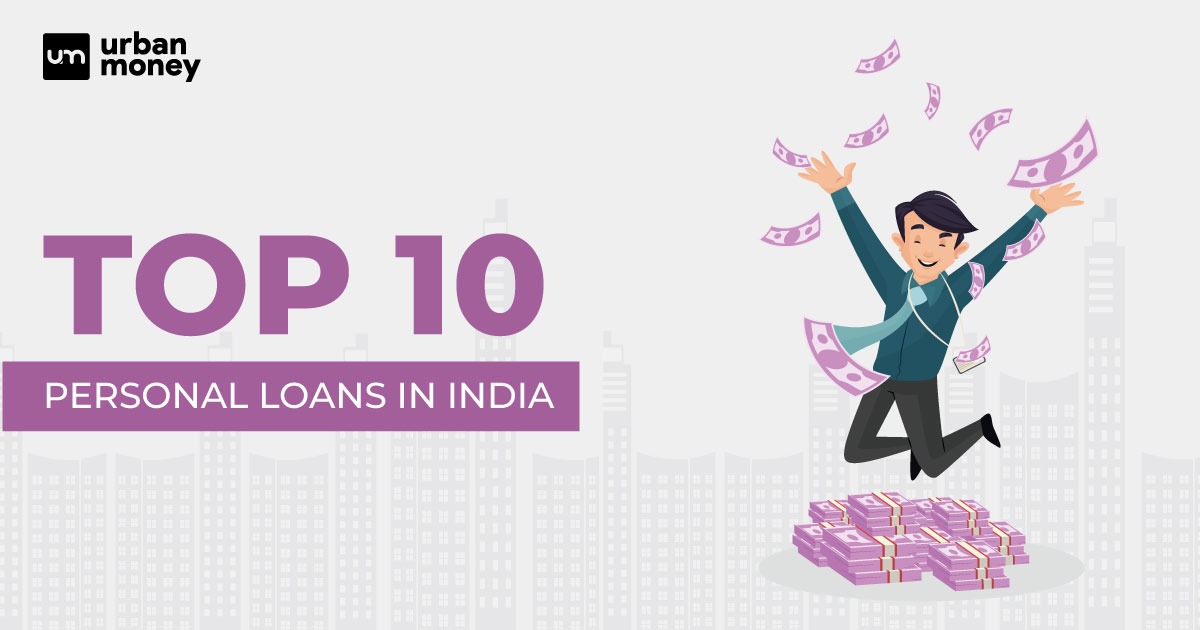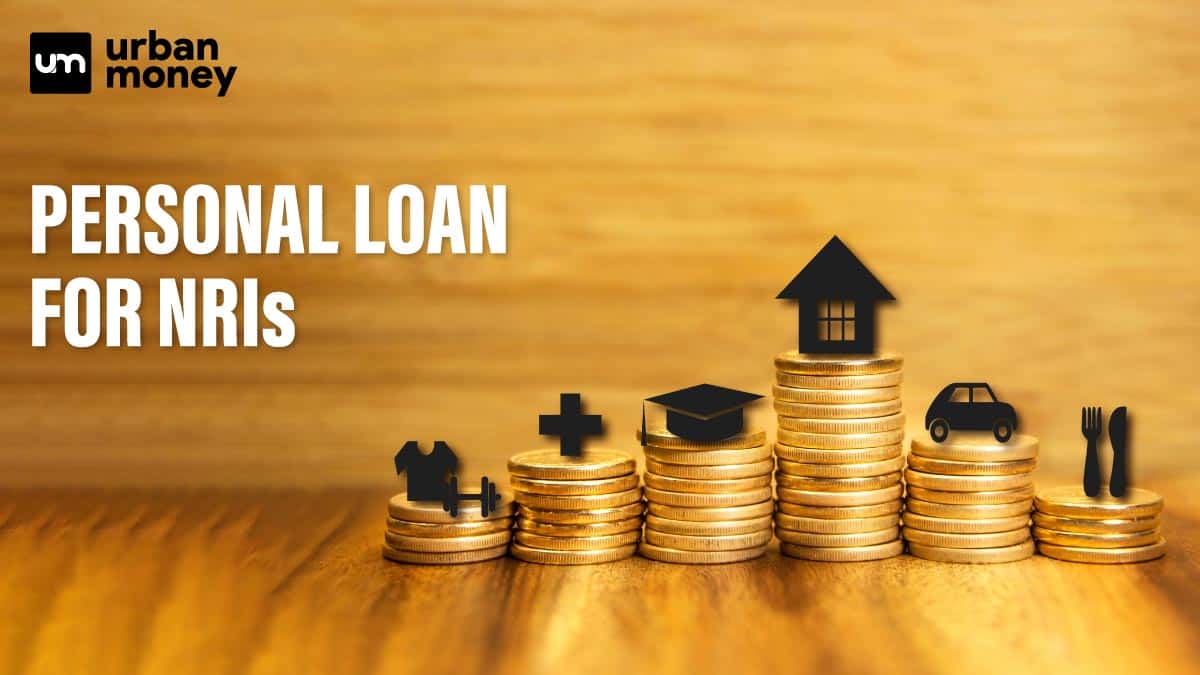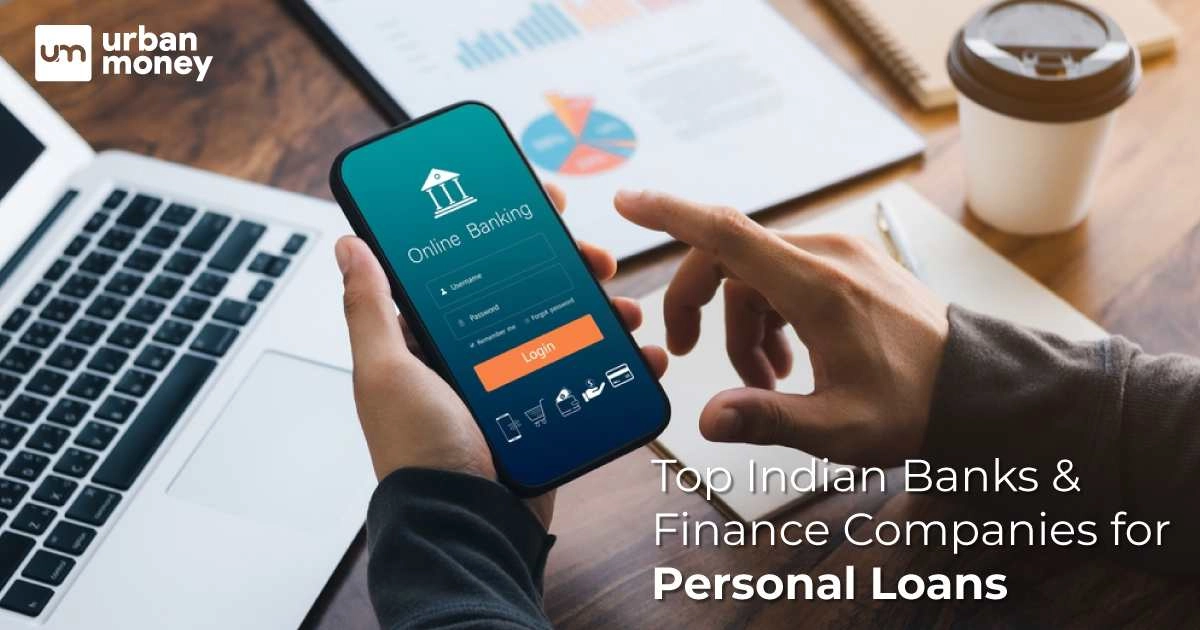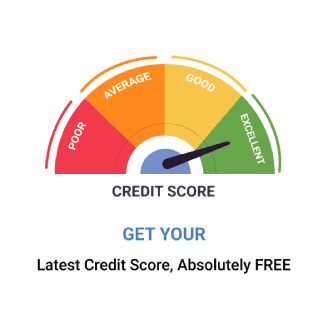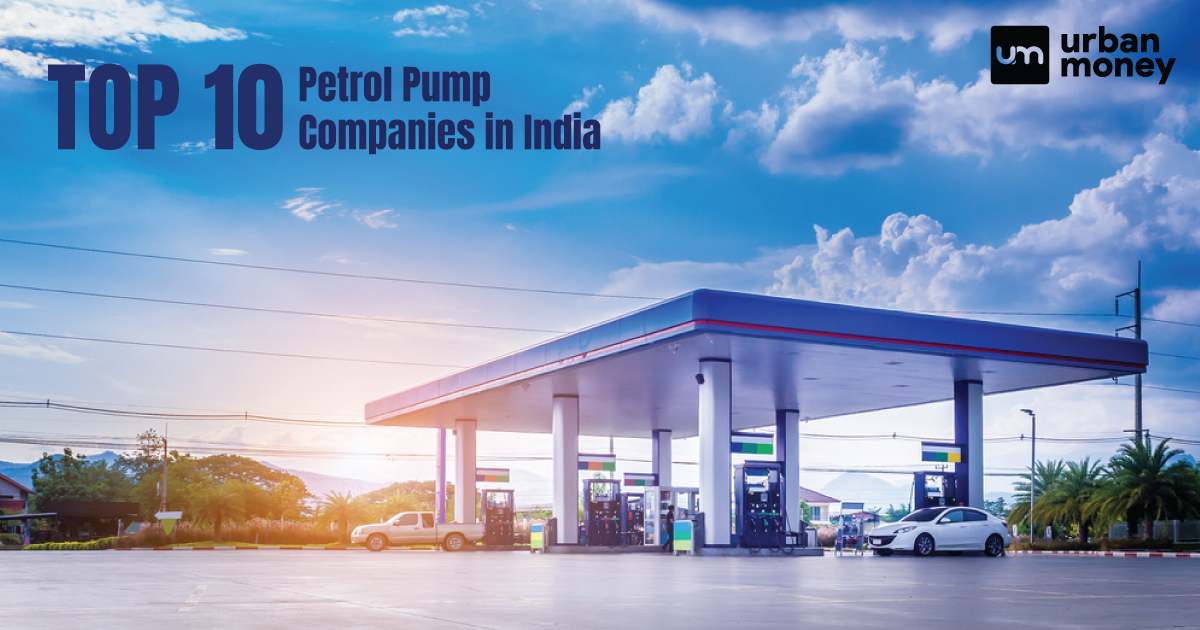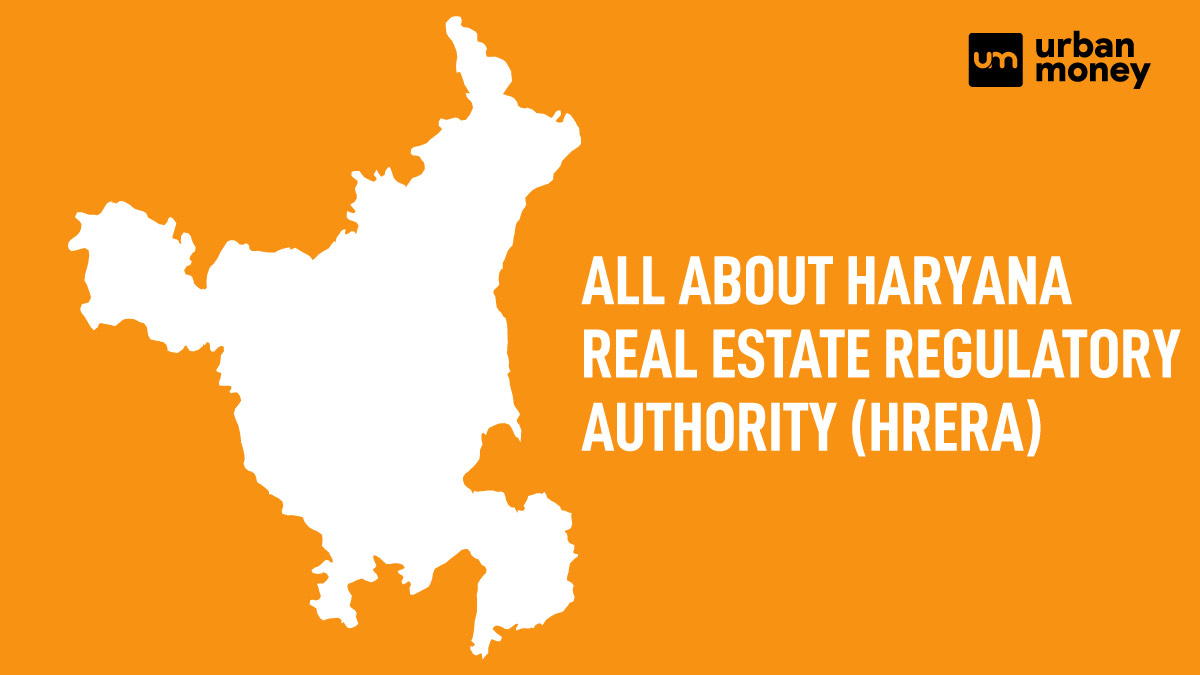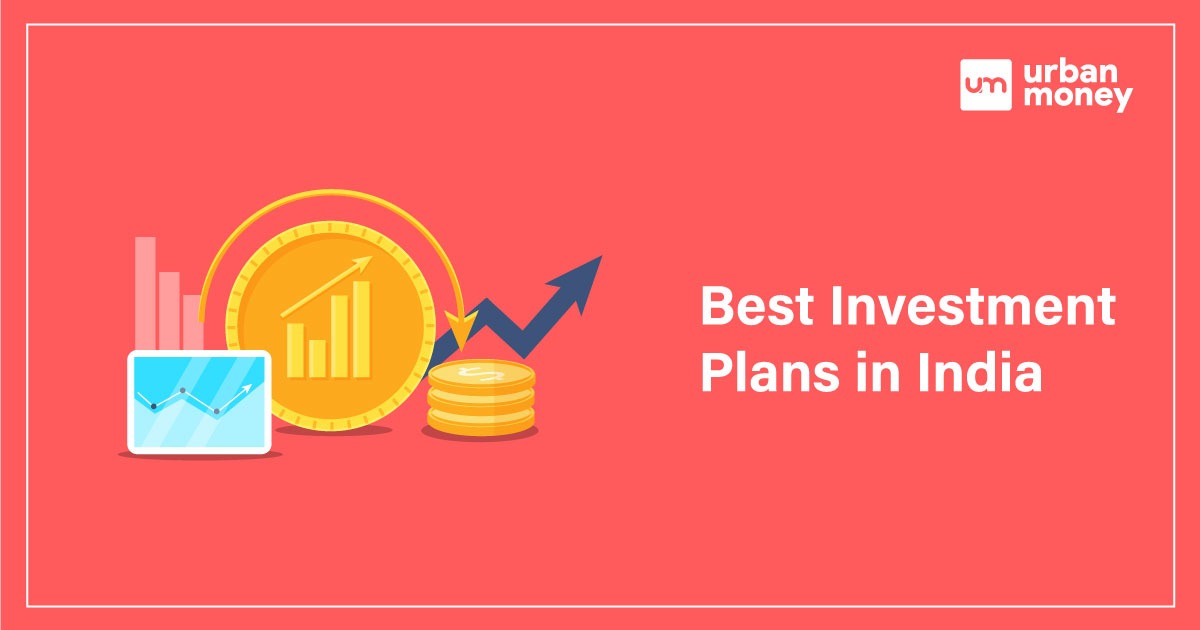Top 10 Best Private Banks in India List 2025
January 09, 2025
Personal Loan Archive | No-Cost EMI Guide: How It Works, Advantages and Eligibility

September 26, 2024
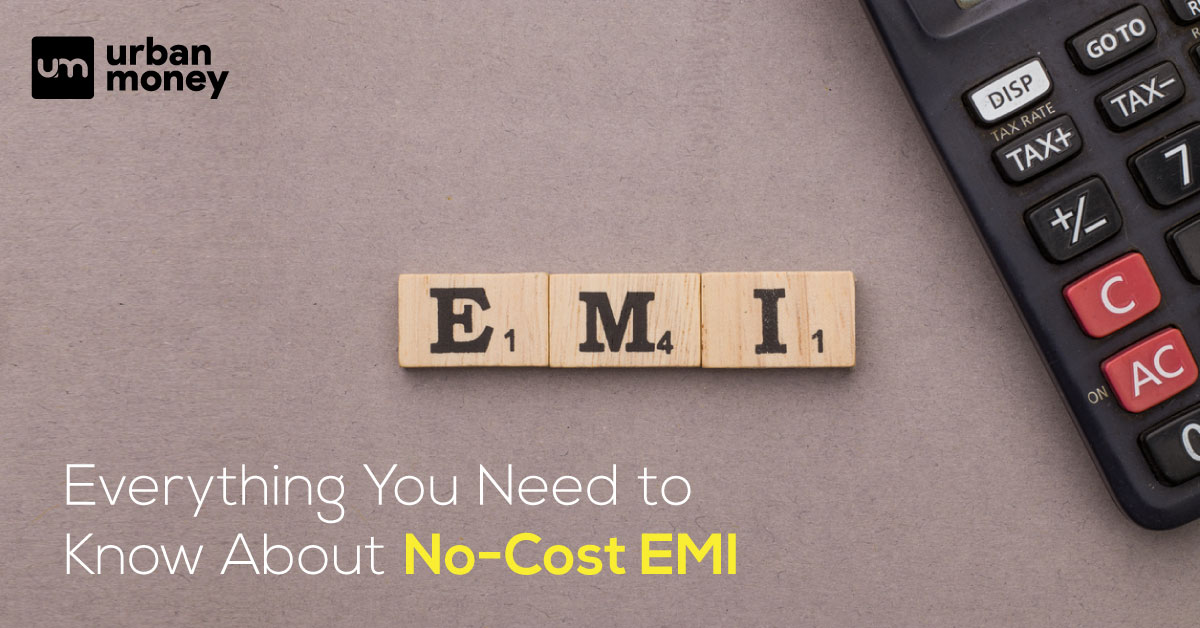

A no-cost EMI (Equated Monthly Instalment) is a financial arrangement that allows buyers to purchase goods or services without paying additional interest or fees over the principal amount. In this process, the total cost of the product is divided into equal monthly payments. In simple terms, no-cost EMI can also be considered interest-free EMI. Retailers or financial institutions offering no-cost EMI often neglect the cost of interest. This can be done by providing discounts equivalent to the interest amount or partnering with credit card companies. This EMI option is particularly popular for high-value items such as electronics, appliances, and furniture. Customers can spread this expense over several months without any incurring extra charges.
Table of Contents
ToggleNo-cost EMI has several variations that cater to different consumer needs and financial situations. The primary types include standard no-cost EMI and discounted EMI. Another variant involves interest subvention. A third party, like a bank or financial institution, covers the interest. Each EMI type aims to make purchases more affordable by eliminating additional interest costs. Here are the types of interest-free EMI:
With this payment option, buyers can purchase goods or services and pay the amount in instalments without any added interest or hidden charges. This means the product’s total price (principal amount) is divided into equal monthly payments. Here, the lender will typically absorb the interest. After that, consumers to enjoy the convenience of EMI without any extra costs.
Debit Card EMI at no cost is a payment option that allows customers to buy products using their debit cards and pay for instalments without incurring any interest. Unlike regular EMI options often linked to credit cards, this facility is available directly through a customer’s bank account. The total purchase cost is divided into equal monthly payments, and the retailer or the bank usually bears the interest component. This makes it a convenient option for those who do not have a credit card but wish to spread out their expenses over time.
Credit card at no cost EMI is a payment mechanism that allows consumers to buy things using their credit cards and settle the balance in monthly instalments without incurring interest costs. In this arrangement, the store or credit card company often absorbs the interest expense, ensuring that the total amount paid matches the product’s initial price. This option reduces the expense of high-value purchases by spreading them out over several months, giving the consumer more financial flexibility.
No-cost EMI allows you to buy products and pay in monthly instalments without extra interest. Here’s how it works:
No-cost EMI eligibility varies by provider. Generally, customers need a valid credit or debit card from a participating bank. They must have a good credit history and sufficient credit limit or balance. Some retailers require a minimum purchase amount. Banks may have age and income criteria. Customers should check if their card is eligible and if the retailer offers no-cost EMI. Offers can differ between banks and products. It is essential to read the terms and conditions. Approval is at the discretion of the bank or financial institution.
No-cost EMI is calculated by dividing the product price by the number of instalments. Here’s how it works:
There is no interest added, so the total amount paid remains ₹12,000. The retailer or bank covers the interest cost, meaning the customer only pays the product price in equal monthly instalments.
This method allows customers to purchase expensive items without paying any extra charges, making it easier to manage monthly budgets. The example above clearly demonstrates how no-cost EMI calculations are made simple and beneficial.
Let’s say you want to purchase a laptop priced at ₹60,000 using a no-cost EMI option. The retailer offers a 6-month EMI plan. Here’s how the calculation would look:
In this case, you pay only ₹10,000 per month for six months, and the total amount you pay remains ₹60,000, without any added interest or hidden charges.
This way, you can manage the cost of the laptop over time, without bearing any financial burden due to interest.
No-cost EMI offers several key benefits to consumers:
When availing of no-cost EMI, consider the following:
Availing a no-cost EMI (Equated Monthly Instalment) option allows you to purchase goods or services and pay for them over a period of time without any additional interest. Here’s how you can generally avail of a no-cost EMI:
Step 1: Check if the store or online platform offers no-cost EMI options. The availability and terms may vary based on the retailer.
Step 2: Ensure you have a credit or debit card that supports no-cost EMI. You can confirm it with your bank to confirm if your card is eligible for no-cost EMIs.
Step 3: Choose the product you want to buy. It may be possible that the product you are paying for doesn’t support no-cost EMI.
Step 4: When you checkout, choose the EMI option for payment. You will then be prompted to select your card and the tenure of the EMI. Tenures typically range from 3 to 12 months, depending on the retailer and the cost of the product.
Step 5: The total amount paid through EMIs equals the product’s price in a no-cost EMI. The interest the bank charges is generally given back to you as an upfront discount or cashback, effectively making your purchase interest-free.
Step 6: Be sure to read the terms and conditions. While you aren’t paying extra charges, there might be processing fees or specific conditions under which the benefits apply. Also, confirm that there are no hidden charges.
Step 7: Complete the purchase by confirming the EMI transaction. Track monthly deductions from your card and ensure they align with the agreed-upon terms.
There is a simple difference between regular EMI and no-cost EMI. Below is the table showcasing the key differences between the two:
| Feature | No-Cost EMI | Regular EMI |
| Interest Rate | Zero effective interest rate. | Interest is charged on the principal amount. |
| Cost of Product | Equal to the retail price of the product. | Higher than the retail price due to interest. |
| Monthly Payment | Divide the total cost equally across months. | Includes principal plus interest. |
| Total Payment | Equal to the product’s price. | Exceeds the product’s price due to interest. |
| Down Payment | Sometimes required, but often zero. | It may require a down payment. |
| Cashback & Discounts | It may include upfront discounts or cashbacks to offset the interest. | Rarely includes discounts linked to payment method. |
| Availability | Available on select products and cards. | Widely available for various products. |
| Tenure Options | Often limited to shorter periods. | It can extend to longer periods, depending on the loan amount. |
While no-cost EMI plans are promoted as having no additional costs beyond the product price, there can be hidden charges or conditions that you should be aware of:
Several banks and financial institutions partner with retailers to offer no-cost EMI options to make purchases more affordable. Here are some popular banks and financial institutions that frequently provide no-cost EMI facilities:
No-cost EMI provides a beneficial way to manage large purchases by spreading their cost over time without any added interest. While this seems straightforward to save money, it’s essential to look out for hidden fees or specific conditions tied to the offer. Always review the terms to ensure that your no-cost EMI plan fits your financial needs without unexpected expenses.










© 2025 www.urbanmoney.com. All rights reserved.

Need Loan Assistance?

Thank you for showing your interest. Our agent will get in touch with you soon.





